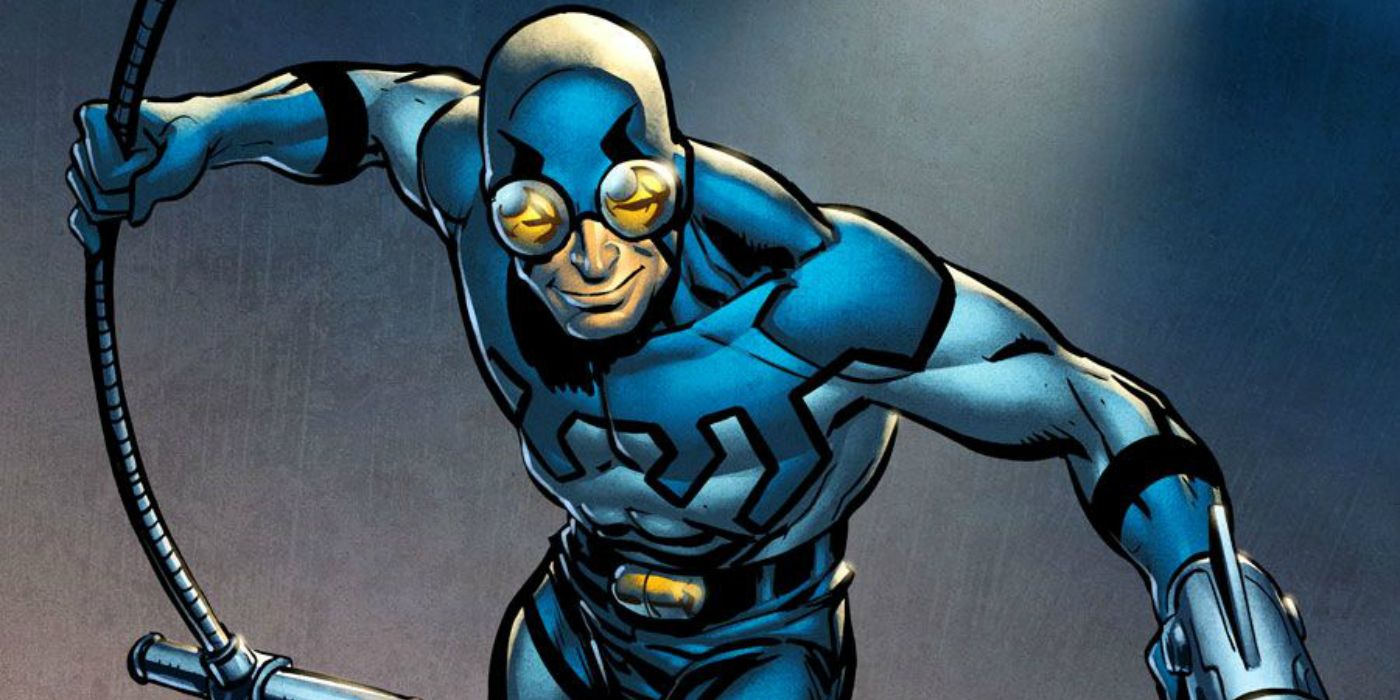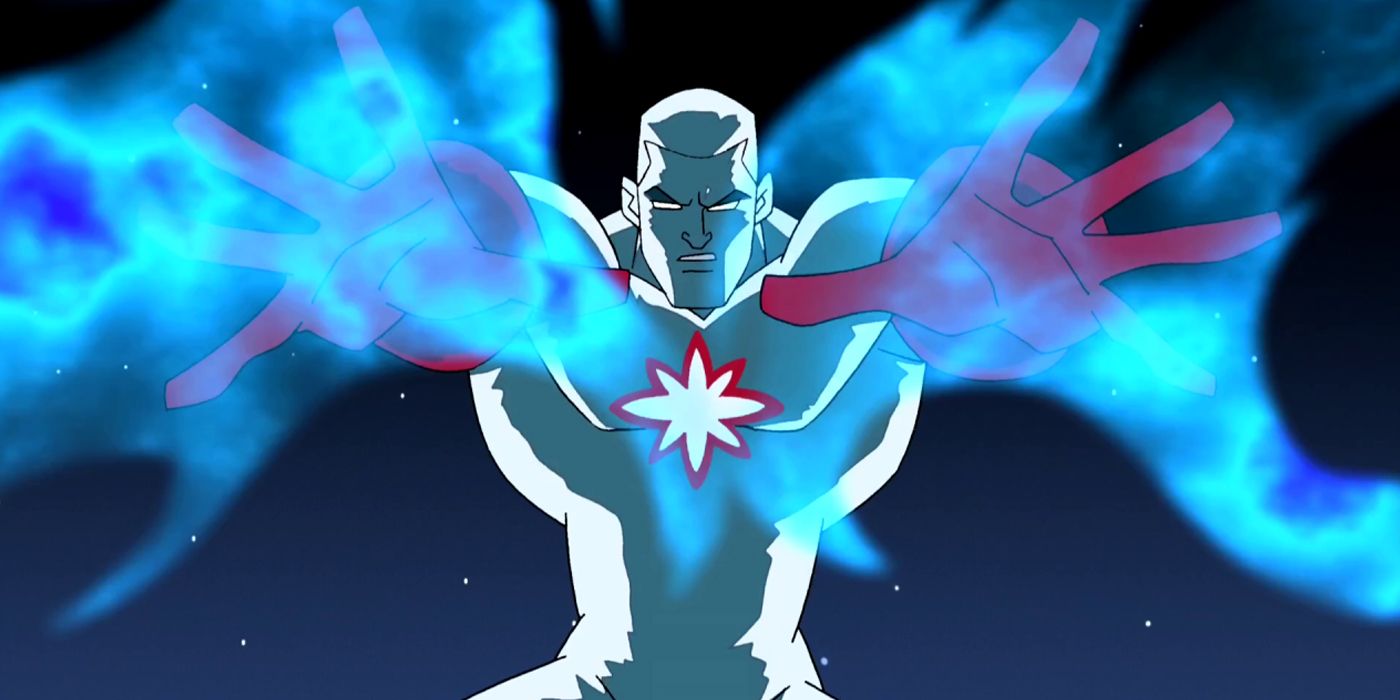The Watchmen are now an established part of DC’s Multiverse, but at one point, DC had another, separate version, of sorts, of the team. First published in September 1999, L.A.W. (Living Assault Weapons), written and drawn by comics legends Bob Layton (Iron Man) and Dick Giordano (Batman), spotlights many of the characters that had inspired Alan Moore and Dave Gibbon’s landmark work. Furthermore, it manages to touch on some themes of Watchmen, only in a more fun and conventional style.
Moore and Gibbons based the characters in Watchmen on previously existing ones initially published by the now-defunct Charlton Comics in the mid-1960s. Called “Action Heroes” by the company, the line included Captain Atom, Blue Beetle, Nightshade, The Question and The Peacemaker, among others. The line went belly up a few years later, and the aforementioned Gioradno, who served as an editor at Charlton, arranged for DC to purchase the characters’ rights in the early 1980s. Moore expressed interest in using them in a project, but DC had other plans. The characters were then inserted into the DC Universe during Crisis on Infinite Earths. And in L.A.W. those exact characters find themselves thrust into the spotlight when DC’s biggest players are taken off the board.
A mysterious villain named Avatar has defeated the Justice League, moving both the League and their Watch Tower into another dimension. With the heavyweights out of the picture, Avatar begins a campaign of world domination; he manages to capture the powerful Captain Atom, imprisoning him and harvesting his powers to help fuel his plans for conquest. It falls on the former Action Heroes to stop Avatar and free both Captain Atom and The Justice League.
It is interesting to note that Layton and Giordano included three Action Heroes characters who did not have analogues in Watchmen: Sarge Steel, Judomaster and Judomaster’s sidekick Tiger. In a twist, it is revealed that Avatar is actually Tiger. Dismayed at the number of orphans left in the wake of war and destruction, Tiger sought out ways to help. He harnessed great powers that ultimately drove him mad, and he rechristened himself Avatar.
Much like Watchmen, L.A.W. touches on the theme of superheroes in the real world. Just like Ozymandias, Avatar wishes to help people, but the methods are extreme. Watchmen wasn’t all politics either—the characters’ inner turmoil was just as compelling; Blue Beetle questions his role as a hero several times throughout and Nightshade struggles with her lack of emotions. Yet all of this is handled in a more fun, conventional style. The book wears its superhero origins on its sleeve instead of denying them, and this makes L.A.W. a fun counterpoint to Watchmen.


